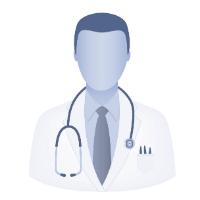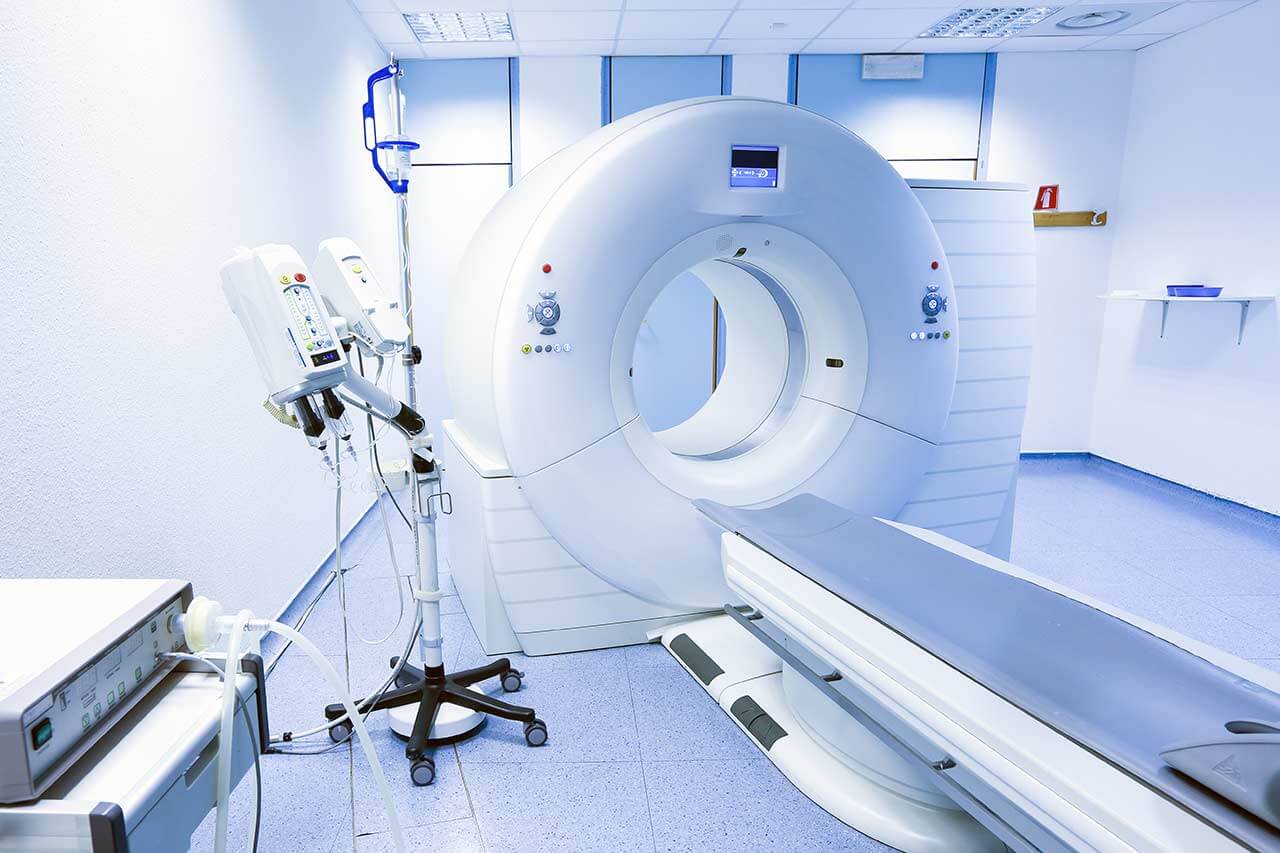
The program includes:
- Initial presentation in the clinic
- clinical history taking
- review of medical records
- physical examination
- laboratory tests:
- complete blood count
- biochemical blood test
- inflammation markers (CRP, ESR)
- blood coagulation analysis (aPTT, PT, INR)
- ophthalmologic examination:
- slit lamp examination
- pupil examination
- ocular motility examination
- ophthalmoscopy
- perimetry (visual field test)
- visometry (without correction and with correction)
- keratometry
- pachymetry
- refractometry
- non-contact tonometry
- fluorescein angiography (if indicated clinically)
- optical coherence tomography OCT (if indicated clinically)
- doppler ultrasound of the retinal vessels
- testing for optic nerve damage
- nursing services
- consultation of related specialists
- treatment by chief physician and all leading experts
- explanation of individual treatment plan
Required documents
- Medical records
- Ultrasound of the eye (if available)
Service
You may also book:
 BookingHealth Price from:
BookingHealth Price from:
About the department
The Department of Adult and Pediatric Ophthalmology at the University Hospital Heidelberg offers the full range of high-tech diagnostic services, conservative and surgical treatment methods, including modern laser surgery. The department is headed by Prof. Dr. med. Gerd U. Auffarth. According to the rating of the prestigious Focus magazine, the doctor is included in the list of the top specialists in Germany in the field of refractive surgery and cataract treatment!
The department is one of the most progressive medical institutions in Germany in the area of its specialization, and is also proud of its 150-year history and rich experience. The department has an Emergency Unit, which specialists are available around the clock, an Outpatient Surgery Unit, a Neuro-Ophthalmology Unit, a Section of Ophthalmologic Rehabilitation and other specialized centers.
The service range of the department includes:
- Diagnostics and treatment of cataract
- Pediatric (congenital) cataract
- Complicated cataract with concomitant retinal pathology
- Cataract due to the intake of anticoagulants
- Traumatic cataract
- Age-related cataract
- Cataract with additional risk factors
- Femtosecond laser lens surgery
- Microburst phacoemulsification (special ultrasound technology)
- Hyperburst phacoemulsification (special ultrasound technology)
- Aqualase procedure
- Diagnostics and treatment of glaucoma
- Diagnostics and treatment of corneal diseases, including corneal transplantation
- Perforating corneal transplantation (full thickness corneal transplantation)
- Lamellar corneal transplantation (transplantation of corneal layers)
- Corneoscleroplasty (corneal and scleral transplantation)
- Limbal transplantation
- Corneal tectonic covering
- Corneal ulcer covering with an amniotic membrane
- Diagnostics and treatment of keratoconus
- Treatment with ophthalmic or contact lenses
- Crosslinking (cornea strengthening and keratoconus stabilization with a special laser)
- Diagnostics and treatment of retinal diseases
- Age-related macular degeneration
- Diabetic retinopathy
- Macular hole (retinal macular tear)
- Retinal vascular occlusion
- Laser treatments
- Photodynamic therapy (PDT)
- Drug therapy
- Radiation therapy for cancers
- All microsurgical interventions on the retina and vitreous body
- Refractive surgery (laser vision correction)
- Myopia
- Farsightedness
- Astigmatism
- Age-related farsightedness
- LASEK laer vision correction
- Femto-LASIK laser vision correction
- Implantation of phakic intraocular lenses
- Refractive lens replacement (lensectomy)
- Crosslinking
- Diagnostics and treatment of congenital or acquired iris defects (implantation of artificial intraocular lenses with a colored iris)
- Diagnostics and treatment of strabismus in adults and children, treatment of neuro-ophthalmic diseases
- Strabismus
- Amblyopia
- Refractive errors (including an objective determination of the need for prescribing glasses for children with a skiascopy)
- Congenital and childhood-acquired eye diseases, including cataracts in children
- Retinopathy of prematurity
- Eye movement disorders
- Nystagmus
- Pupil diseases
- Optic nerve diseases, including inflammatory ones (for example, optic neuritis)
- Endocrine ophthalmopathy, orbital tumors, other orbital diseases, for example, orbital pseudotumors
- Eyelid diseases (for example, congenital, neurological and age-related ptosis)
- Eye muscle surgery (direct and oblique eye muscle surgery, muscle transposition, myopexy, revision surgery)
- Eyelid surgery
- Removal of the orbit tumors
- Ophthalmic rehabilitation for patients of all age groups (ranging from newborns to the elderly)
- Diagnostics and treatment of inflammation of the inner part of the eye (uveitis)
- Laser treatments
- VEGF inhibitor injections
- Drug therapy (for example, using triamcinolone)
- All modern microsurgical techniques for retinal and vitreous surgery
- Other medical services
Curriculum vitae
Current Appointments
- Head of the Department of Adult and Pediatric Ophthalmology at the University Hospital Heidelberg.
- Director of the International Vision Correction Research Centre (IVCRC).
- Director of the David J. Apple International Laboratory for Ocular Pathology.
Professional Experience
- 02.2016 Appointment as a Vice President of the German-speaking Society of Intraocular Lens Implantation, Interventional and Refractive Surgery (DGII).
- Since 2012, Director of the David J. Apple International Laboratory for Ocular Pathology.
- 03.2012 - 02.2016 President of the German-speaking Society of Intraocular Lens Implantation, Interventional and Refractive Surgery (DGII).
- Since 04.2011, Appointment as a Chairman of the Department of Adult and Pediatric Ophthalmology, University Hospital Heidelberg, Germany.
- 03.2009 Appointment as an Acting Head of the Department of Adult and Pediatric Ophthalmology, University Hospital Heidelberg, Germany.
- 08.2006 Certification of the Research Centre according to DIN EN ISO 9001-2000 and renaming into the International Vision Correction Research Centre (IVCRC).
- Since 05.2005, Extraordinary Professorship, Medical Faculty, University of Heidelberg, Germany.
- 02.2004 Appointment as a Deputy Head of the Department of Adult and Pediatric Ophthalmology, University Hospital Heidelberg, Germany.
- Since 02.2002, Board Member of the German-speaking Society of Intraocular Lens Implantation, Interventional and Refractive Surgery (DGII) and appointment as a Secretary of the Society.
- 01.1999 Foundation/Head of the Heidelberg IOL and Refractive Surgery Research Group.
- 01.1999 PhD thesis, Venia Legendi (Ocular Pathology), Department of Ophthalmology, University of Heidelberg, Germany.
- 12.1996 Residency and Board Certification in Ophthalmology, Department of Ophthalmology, University of Heidelberg, Germany.
- 10.1994 - 09.1995 Research "Genetic degenerative retinal diseases" of the German Research Foundation (DFG), Department of Ophthalmology, University of Heidelberg, Germany.
- 08.1992 - 09.1994 Max Cade Postdoctoral Research Grant, New York, Center for Intraocular Lens Research, Storm Eye Institute, Department of Ophthalmology, Medical University of South Carolina, Charleston, SC, USA.
- 09.1983 - 06.1990 Medical School, Aachen RWTH, Aachen, Germany.
Photo: (с) depositphotos
About hospital
According to Focus magazine, the University Hospital Heidelberg ranks among the top five hospitals in Germany!
The hospital is one of the most advanced and reputable medical institutions not only in Germany but throughout Europe. There are more than 43 specialized departments and 13 medical institutes which cover all fields of modern medicine. A distinctive feature of the hospital is the presence of unique therapeutic methods for the treatment of complex and rare clinical cases.
Due to successful clinical practice, the hospital has been holding leading positions in the international medical arena for many years. The basis for this popularity is the combination of the very latest technologies, competent specialists, and active research activities, which allows introducing of revolutionary diagnostic and treatment methods, which save lives.
In addition to the outstanding medical achievements, it is worth noting a particularly friendly and pleasant atmosphere, and respectful attitude towards the patient. Both doctors and nursing staff make every effort to meet all the needs and wishes of the patient, pay due attention to each clinical case, and have personal communication with the patient, which contributes to a positive treatment result.
Photo: (с) depositphotos
Accommodation in hospital
Patients rooms
The patients of the University Hospital Heidelberg live in comfortable single and double rooms designed in bright colors. Each room is equipped with an ensuite bathroom with a shower and toilet. The patient rooms are quite spacious, they have a table with chairs for receiving visitors. Roomy wardrobes are provided for storing personal belongings. It is possible to connect to the Internet. In addition, the hospital offers enhanced-comfort rooms with a safe, refrigerator, and upholstered furniture. Patients have 24-hour access to the services of medical personnel.
Meals and Menus
The patient and his accompanying person have a daily choice of three menus. If you for some reason do not eat all the products, you will be offered an individual menu. Please inform the medical staff about your dietary preferences prior to the treatment.
Further details
Standard rooms include:
Religion
The religious services are available upon request.
Accompanying person
During the inpatient program, an accompanying person may stay with you in a room or hotel of your choice.
Hotel
During the outpatient program, you may live in a hotel of your choice. The managers will help you choose the most suitable options.
The hospital offers a full range of laboratory tests (general, hormonal, tests for infections, antibodies, tumor markers, etc.), genetic tests, various modifications of ultrasound scans, CT scans, MRI and PET / CT, angiography, myelography, biopsy and other examinations. Treatment with medications, endoscopic and robotic operations, stereotaxic interventions is carried out here, modern types of radiation therapy are also used. The hospital offers patients all the necessary therapeutic techniques.
- Endovascular treatment of liver pathologies with LigaSureTM, Ultracision® and Habib®-Sealer devices
- Correction of chest deformities in children (Nass operation)
- Minimally invasive direct coronary artery bypass grafting
- Replacement of ascending aorta (David procedure)
- Operations using the da Vinci robotic system
These are primary lung tumors and metastases in the lungs, benign and malignant liver pathologies, thyroid pathologies, gastroesophageal reflux disease, heart rhythm disturbances and heart failure, infertility, fibromyalgia, damages and pathologies of large joints, polyneuropathy and other diseases.
- Thoracic surgery
- Cardiac surgery
- Urology
- Orthopedics and traumatology
- Obstetrics and gynecology
The hospital's team consists of more than 13,000 highly qualified employees




